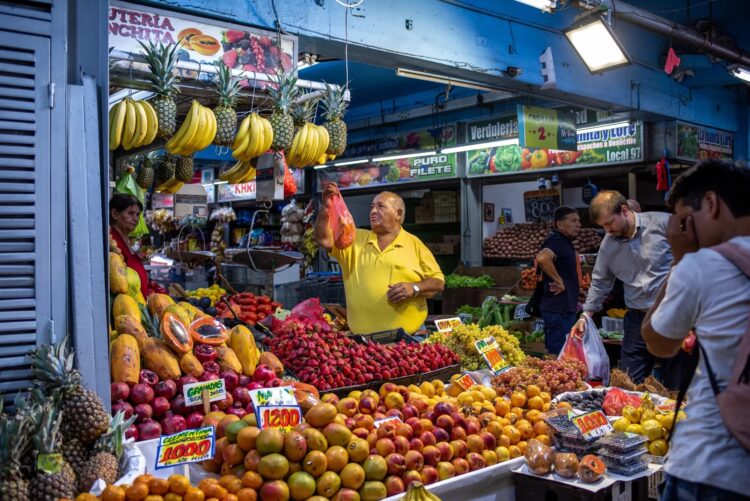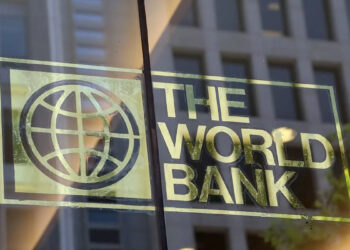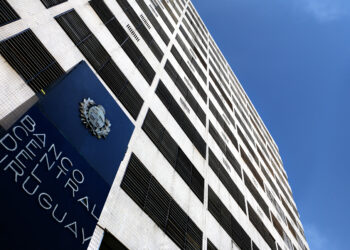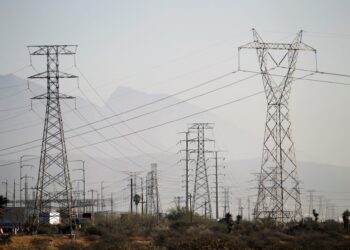Consumer prices in Chile saw a modest increase in September, rising just 0.1% from August, which aligns with the lower predictions of a recent Bloomberg survey. The annual inflation rate fell to 4.1%, although it is still higher than the central bank’s target of 3%. These data, reported by the National Institute of Statistics, represent a positive development for economic policymakers, who are expected to cut interest rates again next week.
Led by Central Bank Governor Rosanna Costa, officials are navigating through a challenging economic landscape marked by rising electricity rates, with another increase anticipated for October. This situation will likely put additional pressure on the cost of living until early 2025. Despite these challenges, consumer demand remains inconsistent, and sectors such as real estate still face difficulties, contributing to cooling inflationary pressures.
Felipe Hernández, Latin America economist at Bloomberg Economics, noted that September inflation figures fell slightly below the central bank’s expectations. However, he warned that there could be an acceleration in inflation in the fourth quarter and early next year. The analysis highlighted that basic services inflation persisted, while essential goods inflation saw an increase during the month.
Food and non-alcoholic beverage prices fell 0.5%, while alcohol, tobacco and transportation costs also decreased. In contrast, clothing prices increased by 3.3%.
Looking ahead, the central bank indicated it could reduce borrowing costs from the current rate of 5.5% to a more neutral level between 3.5% and 4.5%. Finance Minister Mario Marcel emphasized that lower gasoline prices and recent gains in the peso would help mitigate the inflationary effects of rising electricity rates.
As economic activity contracted 0.2% in August, analysts predict the central bank will implement quarter-point rate cuts on October 17 and in December in response to these evolving economic dynamics.
















